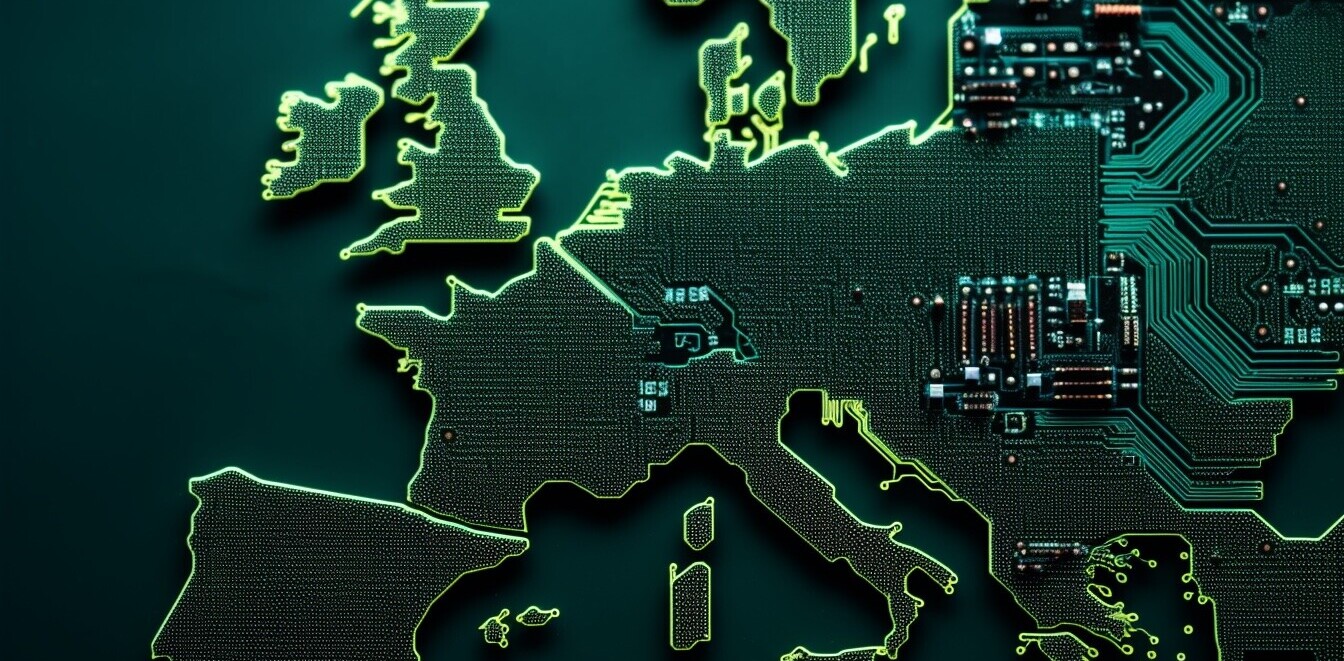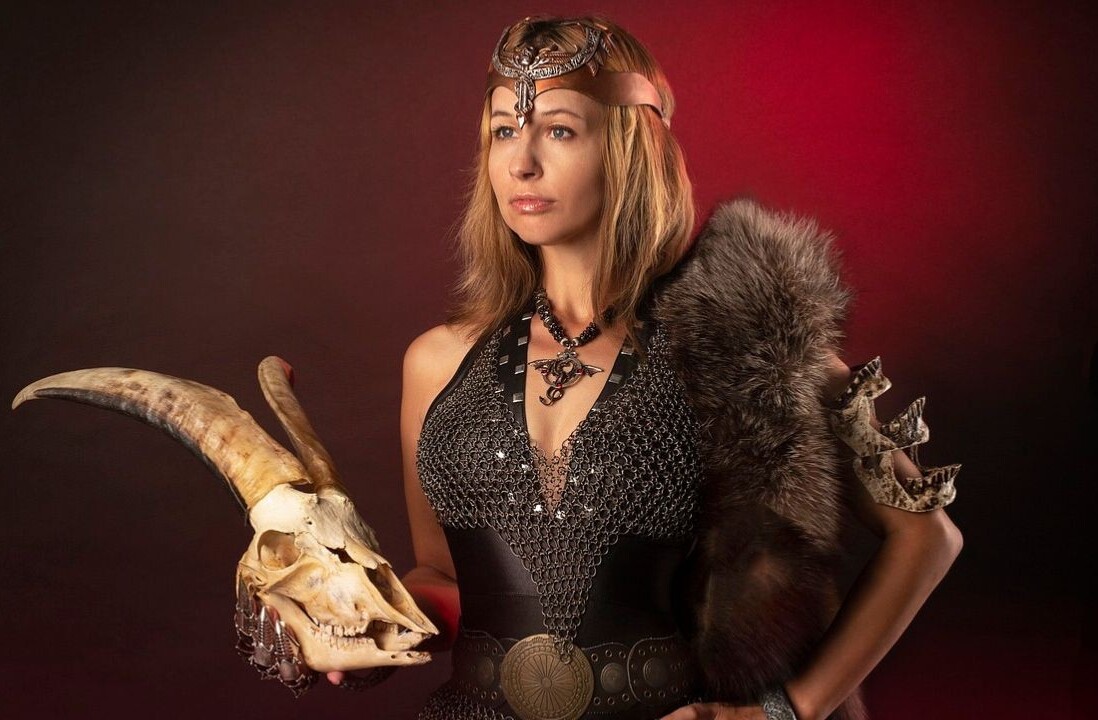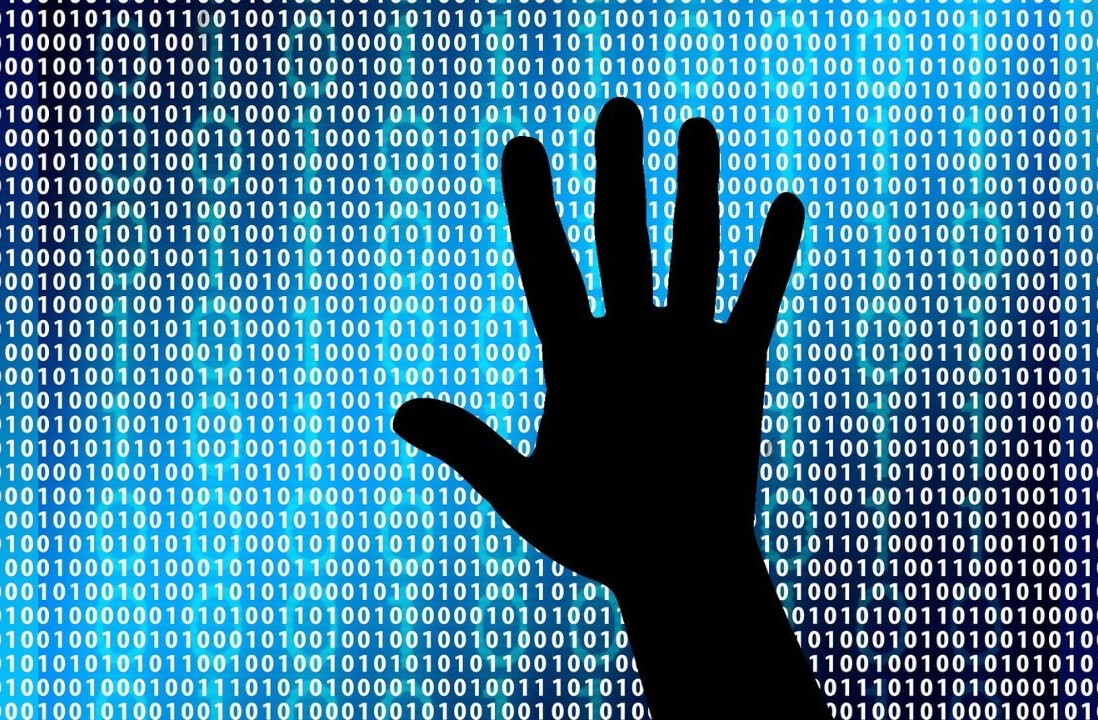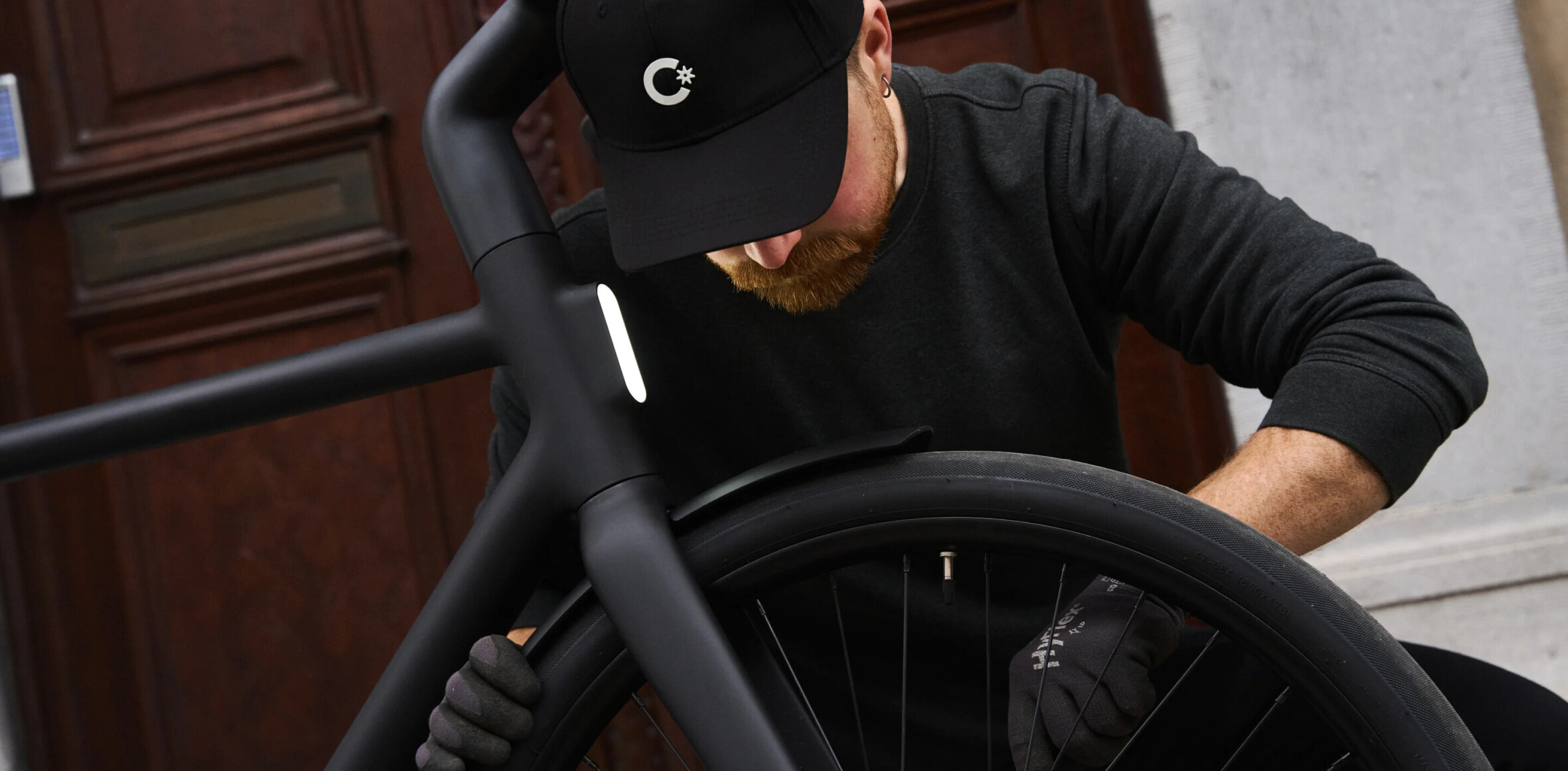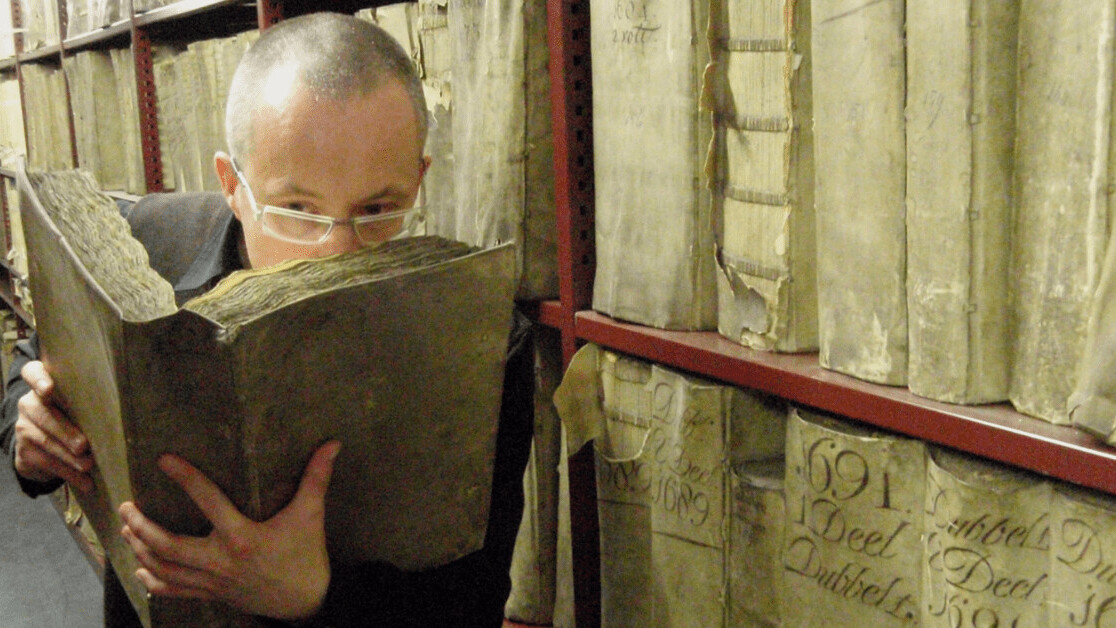
A new EU-funded project will use AI to investigate and recreate the scents that have molded Europe’s cultural heritage.
The “Odeuropa” team will develop machine learning and computer vision techniques to scour documents and images for references to smells such as tobacco and the stench of industrialization. A selection of the scents will then be “reconstructed” using heritage science techniques.
“Smells shape our experience of the world, yet we have very little sensory information about the past,” said project lead Inger Leemans, a professor of cultural history at Vrije Universiteit Amsterdam.
“Odeuropa will dive into digital heritage collections to discover the key scents of Europe and the stories they carry, then bring them back to our noses today.”
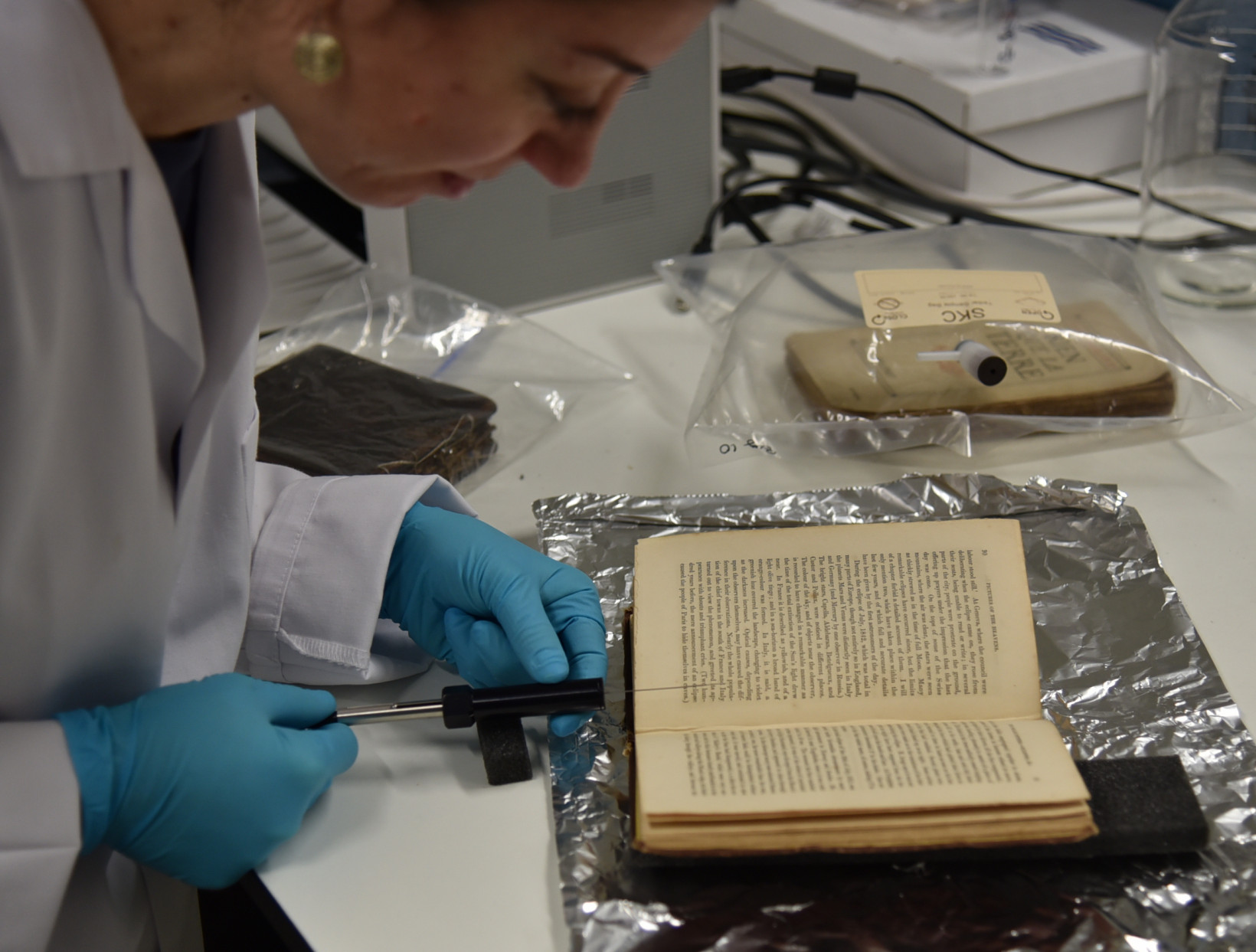
The multi-disciplinary team of historians, scientists, and perfumers aims to explore how scents are expressed in different languages and the places, events, and emotions to which they’re linked.
[Read: ]
“Our goal is to develop a ‘computer nose’ able to trace scents and olfactory experiences in digital texts over four centuries and seven languages,” said researcher Sara Tonelli of Italy’s Fondazione Bruno Kessler.
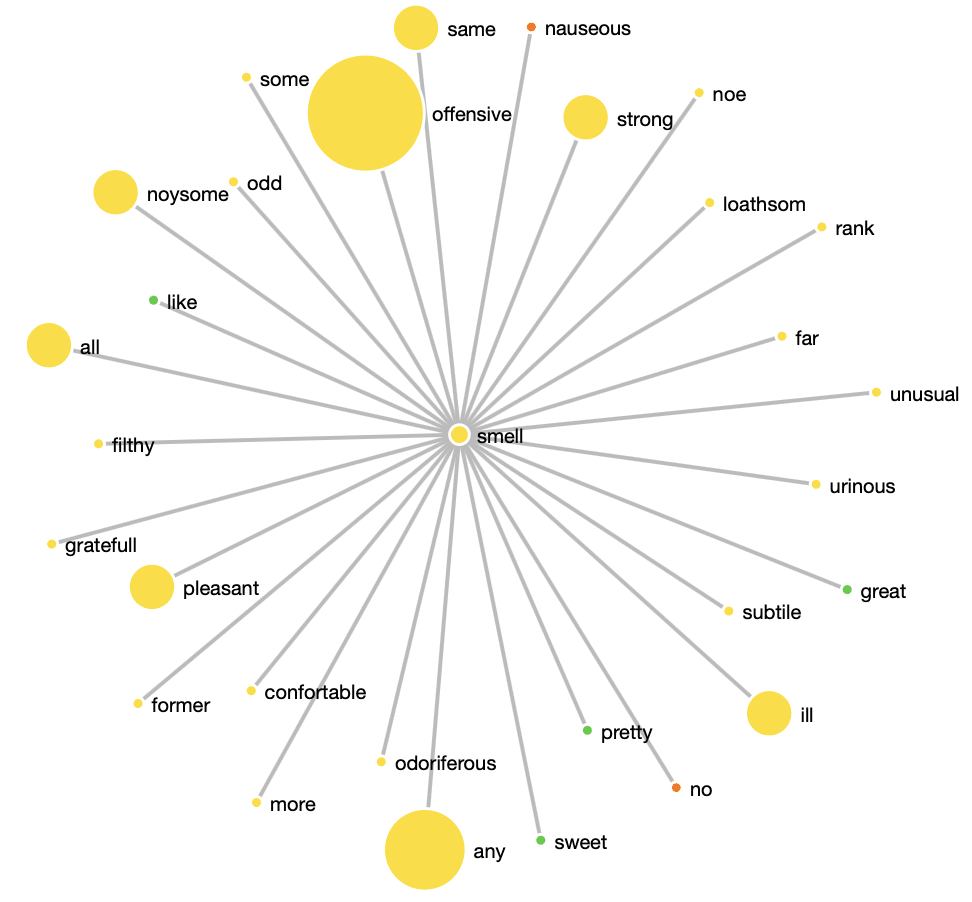
The recreated scents will be shared with museum visitors in a series of public events over the next three years, while an online archive of all the smells and their meanings will be made accessible to all.
If there’s a particular scent you’d like to preserve, you can let the Odeuropa team know on Twitter.
Get the TNW newsletter
Get the most important tech news in your inbox each week.

